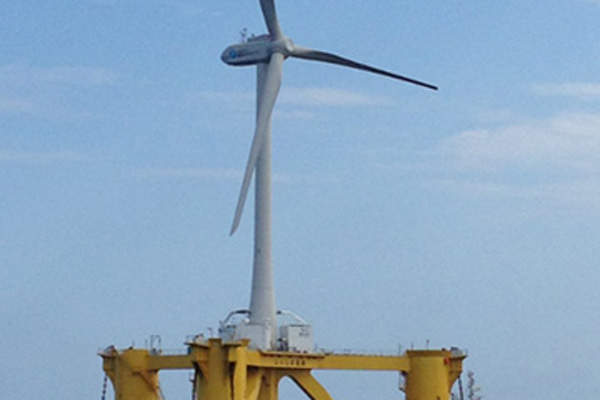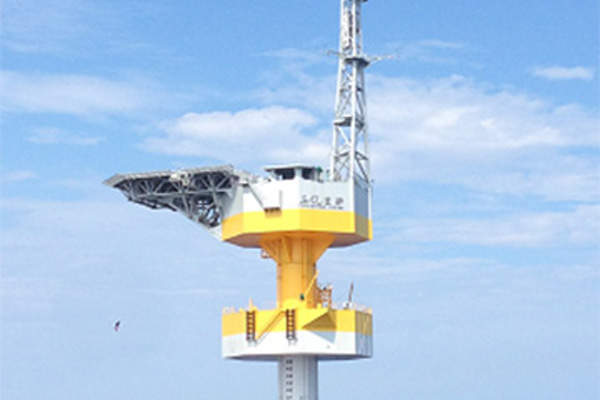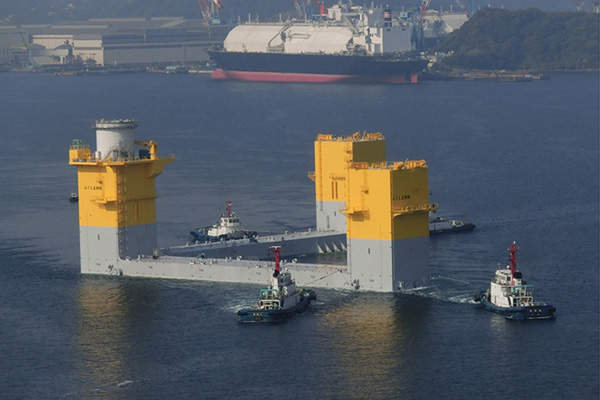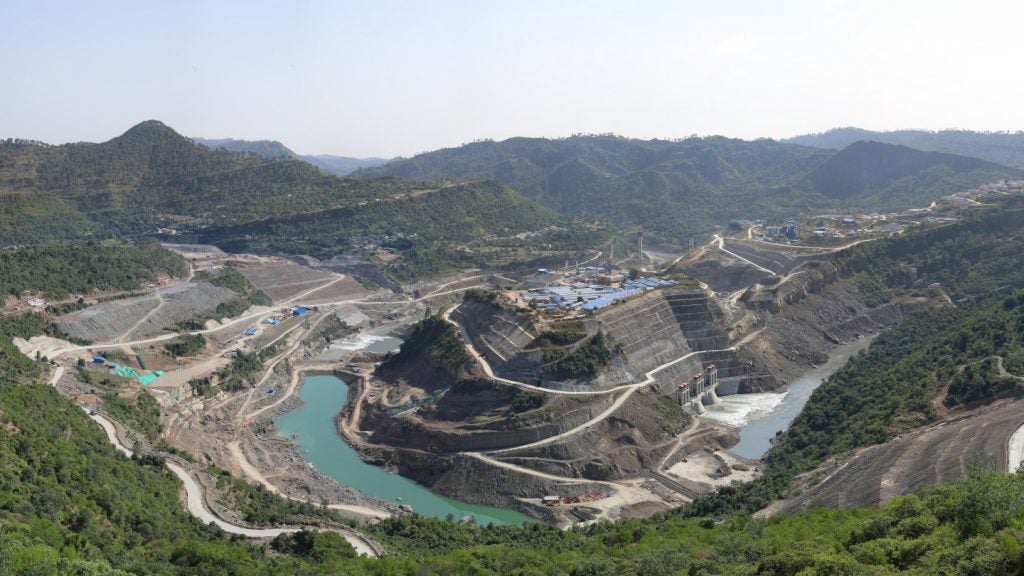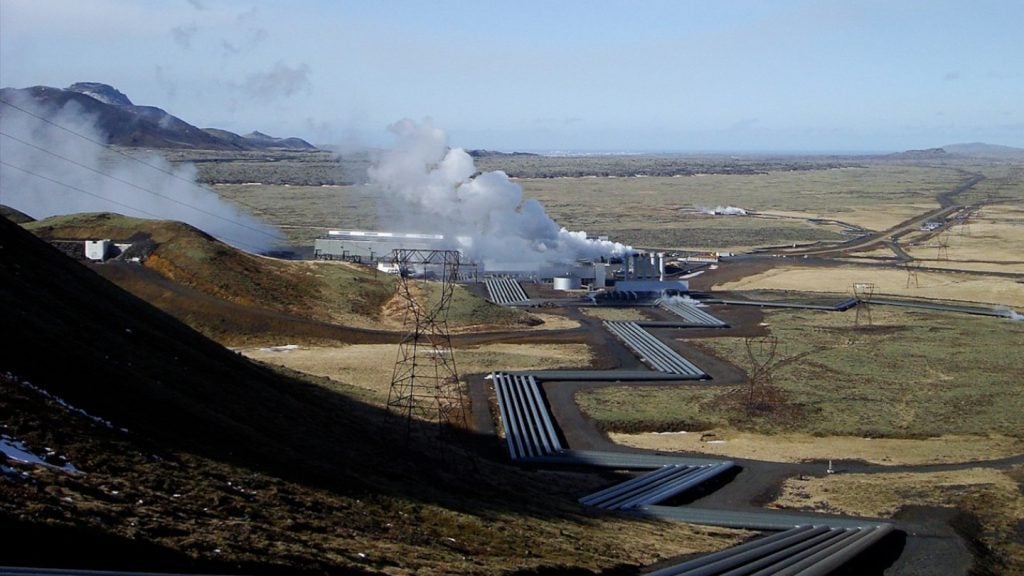The Fukushima floating offshore wind farm demonstration project (Fukushima FORWARD) serves as a symbol of Fukushima’s recovery from the nuclear disaster caused by the earthquake and tsunami in 2011.
The demonstration-scale project is initiated to experiment and verify the realisation of offshore wind power generation plants using floating wind turbines and substation. The phased development of the project includes the installation of three floating wind turbines and a substation at approximately 23km off the Fukushima coast. The project is sponsored by Japan’s Ministry of Economy, Trade and Industry (METI).
The Fukushima offshore wind consortium was formed in March 2012 to develop the demonstration project. The consortium comprises ten companies, namely Marubeni, the project integrator, University of Tokyo, Mitsubishi Corporation, Mitsubishi Heavy Industries, Japan Marine United, Mitsui Engineering & Shipbuilding, Nippon Steel & Sumitomo Metal Corporation, Hitachi, Furukawa Electric, Shimizu and Mizuho Information & Research.
Conceptualised in August 2011, the project started first phase operations in November 2013. Upon completion of the second phase in 2015, it is set to become the world’s biggest floating offshore wind farm with a total capacity of 16MW. The total estimated investment on the project is JPY18.8bn (approximately $157m).
Fukushima FORWARD project details
The Fukushima FORWARD wind project will be used to study the metocean measurement and motion prediction, floating wind turbine technology, floating grid integration system, marine navigation safety, and pre-survey and construction technology.
The first phase of the project consists of a 2MW compact semi-sub floating wind turbine, the world’s first 66kV floating power substation and undersea cables. The turbine has a rotor diameter of 80m, hub height of 65m above sea level (asl) and is placed on a floater called Fukushima MIRAI.
A downwind-type blade, located leeward, was used for the project in order to make the most of the upward wind blowing from the surface of the sea.
The second phase will deploy two 7MW Mitsubishi oil pressure drive-type floating wind turbines on floating platforms. Each turbine will have a rotor diameter of 164m, hub height of 105m and will be placed on a 32m-tall floater.
The project also includes an offshore floating transformer system that is durable and non-susceptible to motion. Shaking table tests were conducted to evaluate the transformer system. Motion analysis technology was used to develop and optimise the waterproof riser cable.
Construction of Fukushima FORWARD
Construction of the compact semi-sub floater for 2MW downwind turbine was completed in May 2013, while the 2MW offshore wind turbine was installed onto the floater in June 2013.
Construction of the floating substation was completed in June 2013 and was installed on the advanced spar floater. Manufactured using thermo-mechanical control process and ultrasonic impact treatment technologies, high-tension steel was used to manufacture the wind turbines.
A 99.2MW near-shore wind farm is being developed on a 540ha site in East Dam, Bac Lieu, Vietnam.
The second phase includes the assembly and fixing of two 7MW floating wind turbines, delivery of facilities to the testing area and connection to the undersea cable.
Transmission of power from the Fukushima FORWARD project
The substation, known as Fukushima KIZUNA, includes a 66kV gas-insulated switchgear and 22kV vacuum-insulated switchgear. The 22kV voltage produced by the wind turbine will be stepped up to 66kV by the substation and transmitted to the surface using 66kV submarine cables.
The power will be supplied to the Tōhoku power grid via lines originating from the Hirono Thermal Power Station.
Key players involved with the Fukushima FORWARD project
Marubeni Corporation is the project integrator and is responsible for the feasibility study, approval and licensing, operations and maintenance, and maintaining collaboration with the fishery industry.
The University of Tokyo is the technical advisor and was engaged for conducting the metocean measurement and prediction technology, marine navigation safety and public relations.
Mitsubishi Corporation is responsible for providing coordination for grid integration and environmental impact assessment. Mitsubishi Heavy Industries is the manufacturer of the 7MW oil pressure drive-type floating wind turbines.
Hitachi manufactured the 2MW offshore wind turbine, the 66kV floating offshore substation and its monitoring system. Mitsui Engineering & Shipbuilding is the manufacturer of the floater for the 2MW wind turbine.
Shimizu Corporation conducted the pre-survey of the ocean area and provided construction technology. Mizuho Information & Research Institute is responsible for the documentation and committee operation for the project.
Japan Marine United Corporation is responsible for the advanced spar and floating substation. Furukawa Electric is providing undersea optic cables, while Nippon Steel & Sumitomo Metal is providing advanced steel material for the project.
First Subsea is the supplier of cable connectors for the demonstration project.

